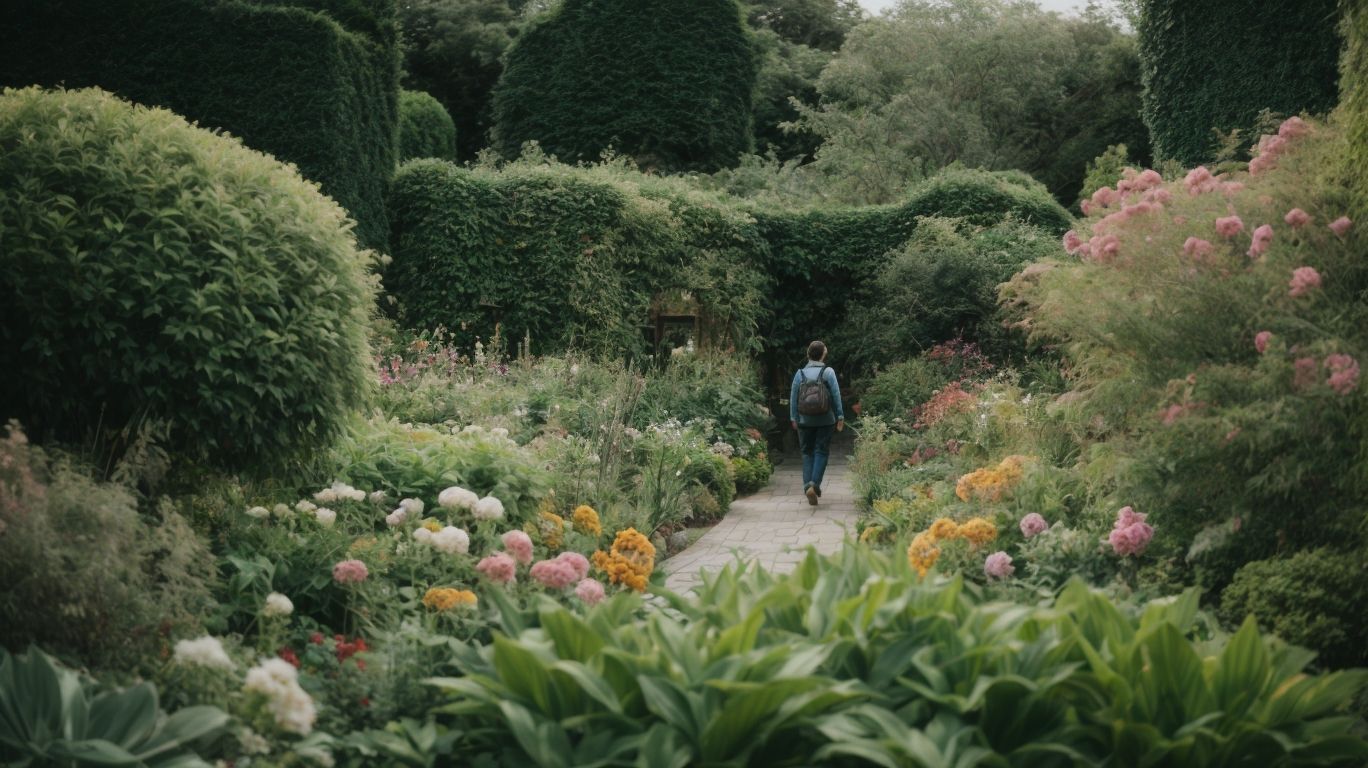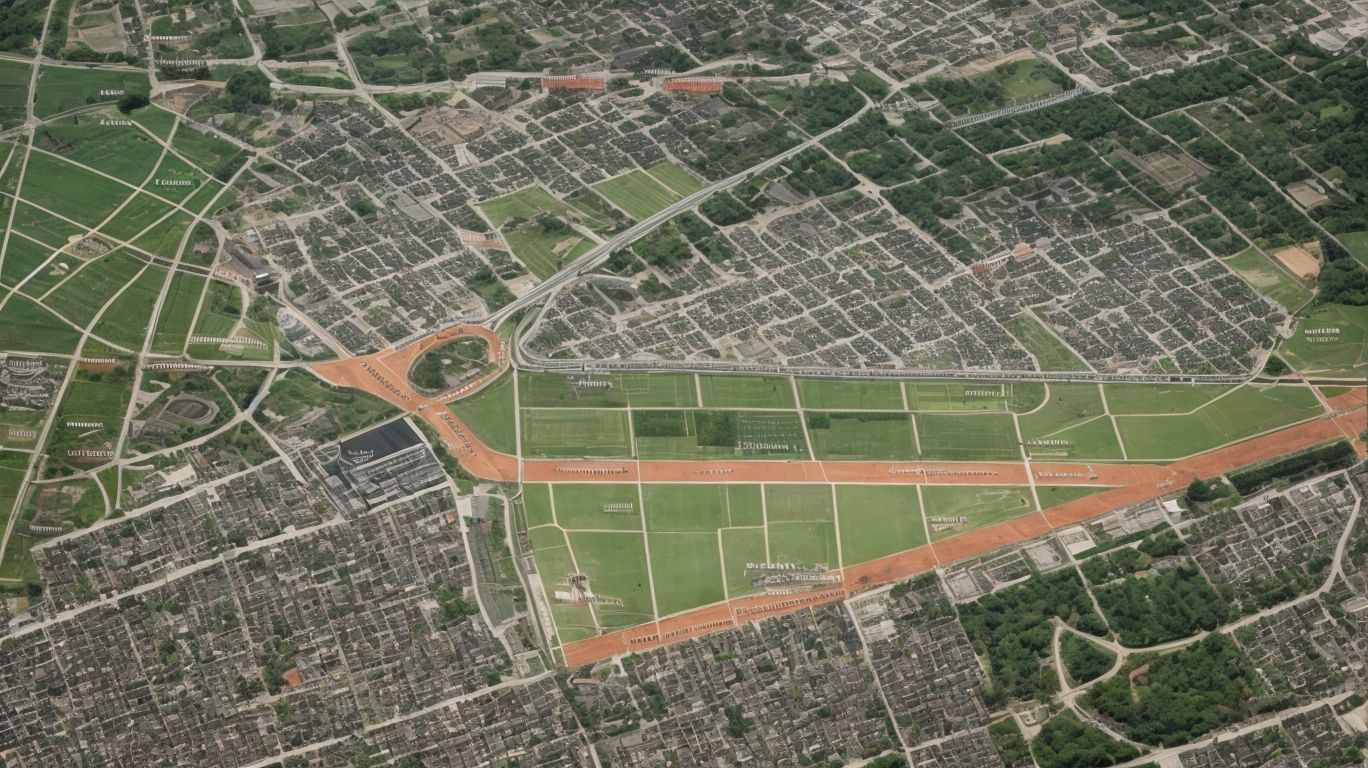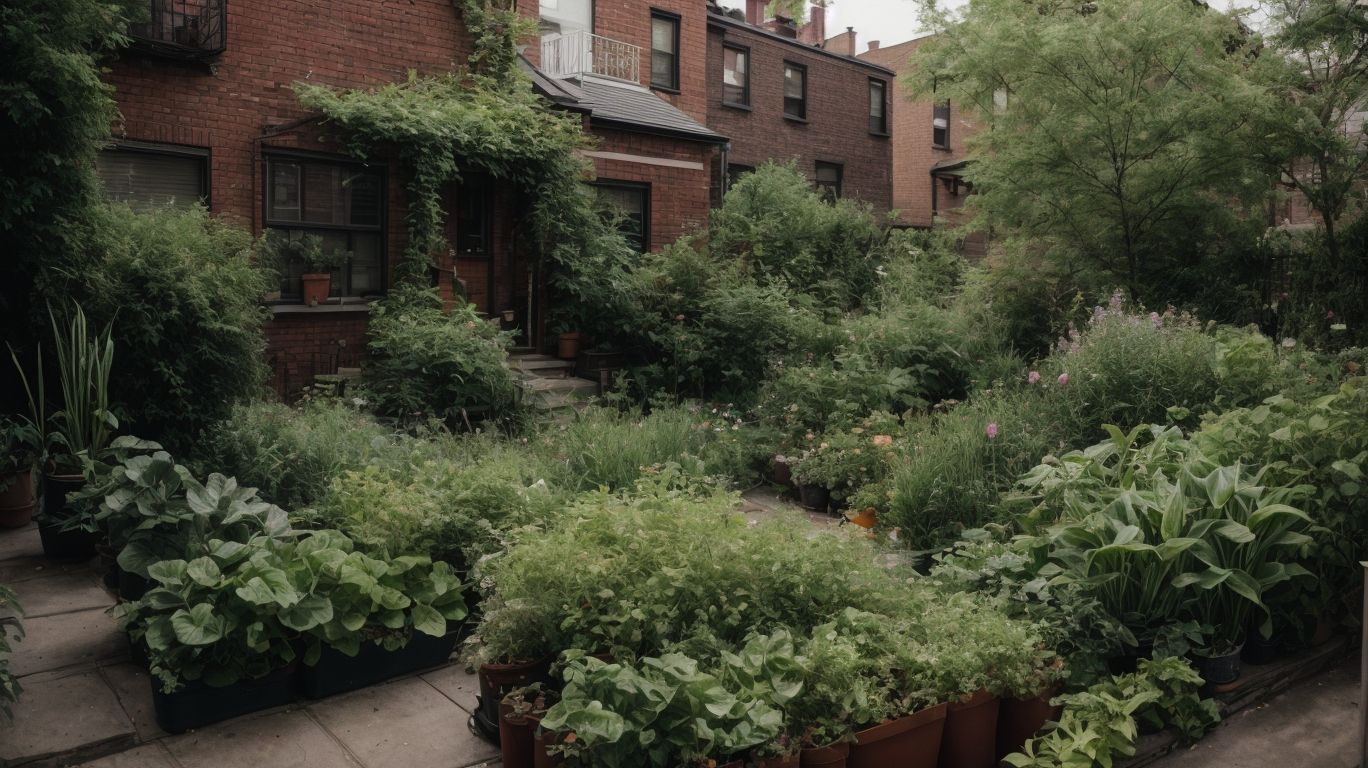Are you interested in gardening but feeling uncertain about which plants will thrive in your area? Understanding your gardening zone can provide valuable insights into the types of plants that are best suited for your specific climate. In this article, we will explore the concept of gardening zones, why knowing your gardening zone is crucial, and how these zones are determined. Specifically, we will delve into the gardening zone for 47960, exploring the average temperatures, recommended plants, and potential challenges associated with gardening in this zone. We will provide practical tips for successful gardening in 47960, including common mistakes to avoid and the environmental benefits of gardening in this zone. Whether you’re a seasoned gardener or just starting out, discovering the best plants to grow in gardening zone 47960 can help you create a flourishing and sustainable garden.
Key Takeaways:
What Is a Gardening Zone?
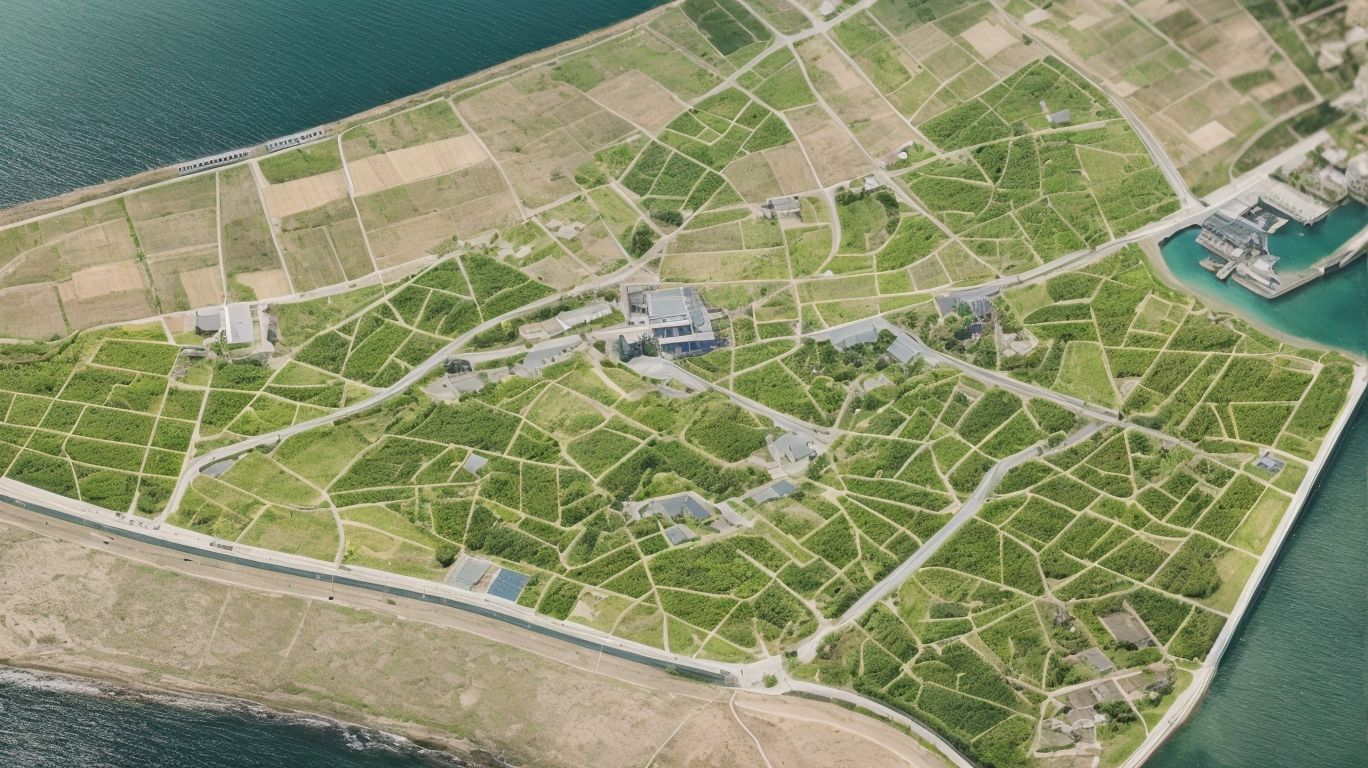
Credits: Monkinthegarden.Com – Justin Scott
A gardening zone, also known as a Hardiness Zone, is a geographic area defined by the United States Department of Agriculture (USDA) based on average annual minimum winter temperatures.
These zones are essential for gardeners as they provide valuable information about the types of plants that can survive in specific regions.
The USDA divides the United States into 13 zones, each representing a 10°F difference in average annual minimum temperature. Understanding the gardening zone for a particular area is crucial for selecting plants that will thrive in that climate. It also helps gardeners prepare for the challenges posed by weather conditions, allowing them to make informed decisions about plant selection and care.
For example, a plant suitable for Zone 7 might not survive in Zone 4 due to the difference in winter temperatures. As a result, knowing the gardening zone is fundamental for successful plant cultivation and landscape design.
Why Is Knowing Your Gardening Zone Important?
Knowing your gardening zone is crucial for gardeners and growers as it provides valuable insights into the types of plants that can thrive in specific temperature ranges and climatic conditions.
Understanding your gardening zone allows for informed plant selection, ensuring that you choose varieties that are suited to the environmental conditions of your specific area. The USDA Hardiness Zone Map plays a pivotal role in this regard, as it delineates different zones based on average annual minimum winter temperatures, providing a reliable reference for determining the hardiness of various plants. By aligning your plant choices with your gardening zone, you enhance the likelihood of successful cultivation and healthy growth in your garden or growing space.
How Are Gardening Zones Determined?

Credits: Monkinthegarden.Com – Steven Williams
Gardening zones are determined based on data collected from weather stations, which calculate average annual minimum winter temperatures to create an interactive map showcasing the varying climatic conditions across different regions.
This data is crucial for gardeners to understand the specific environmental characteristics of their location and select plants that can thrive in their hardiness zone. By consulting temperature averages and interactive maps, individuals can make informed decisions regarding plant selection and care, ensuring optimal growth and successful gardening outcomes.
What Is the Gardening Zone for 47960?
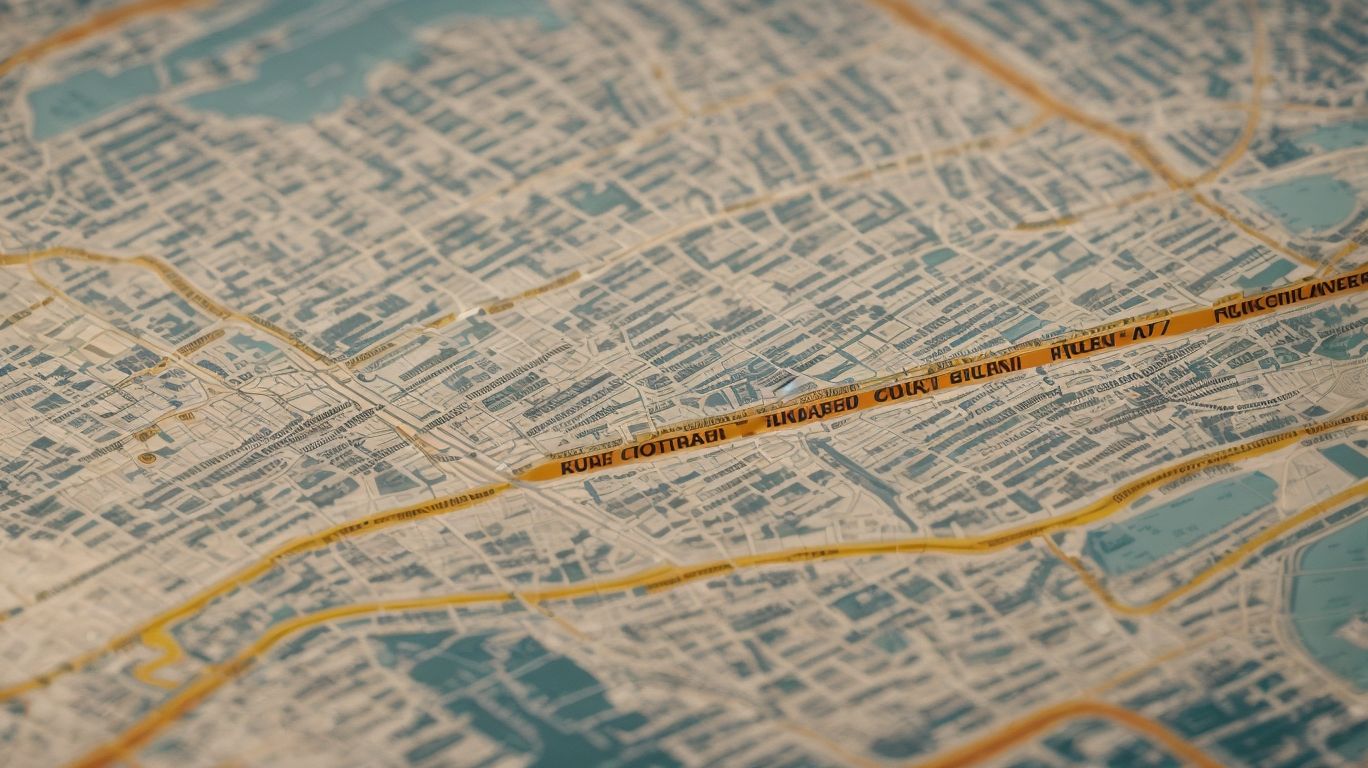
Credits: Monkinthegarden.Com – Joe Robinson
The gardening zone for 47960, located in Monticello, Indiana, is designated by the USDA as part of its Hardiness Zone Map, indicating the specific climate and temperature characteristics for this area.
Monticello, Indiana, in gardening Zone 47960, falls within Zone 6a, characterized by its unique temperature range. This zone experiences average annual extreme minimum temperatures between -10 to -5 degrees Fahrenheit (-23.3 to -20.6 degrees Celsius). The gardening zone directly impacts the types of plants that can thrive in this region, with a focus on cold-hardy and frost-resistant species such as:
- evergreen conifers,
- ornamental grasses, and
- winter-blooming flowers.
What Are the Average Temperatures in Gardening Zone 47960?
The average temperatures in Gardening Zone 47960, situated in Monticello, Indiana, exhibit variations across the year, with annual minimum winter temperatures and extreme temperature ranges outlining the climatic characteristics of this region.
Located in the northern part of Indiana, Gardening Zone 47960 experiences a continental climate with distinct seasonal changes. The annual average temperature typically ranges from 50 to 80 degrees Fahrenheit, while the extreme temperature variations can see lows below freezing in winter and highs exceeding 90 degrees in summer.
Minimum winter temperatures play a pivotal role in shaping the plant hardiness and gardening practices within this zone. The frost date, occurring in early to mid-spring, marks the end of the freezing period, allowing for the cultivation of frost-sensitive plants. The unique climate attributes of Gardening Zone 47960 present both opportunities and challenges for gardeners, influencing their plant selection and cultivation techniques. The diverse flora and fauna in this region have adapted to thrive in this specific climate, contributing to the rich biodiversity of the area.
What Are the Recommended Plants for Gardening Zone 47960?
The recommended plants for Gardening Zone 47960, aligned with its USDA Hardiness Zone classification in Monticello, Indiana, are carefully selected based on their tolerance to the specific temperatures and climate prevalent in this region.
Some excellent choices for Gardening Zone 47960 include:
- hydrangeas, which thrive in the local climate and can withstand the temperature fluctuations.
- Lavender, another great option known for its resilience and ability to flourish in this particular zone.
- Daylilies, perfect for adding vibrant pops of color to garden beds and well-suited to this Hardiness Zone.
- Additionally, sedum, a hardy, drought-tolerant plant that excels in the local conditions, making it an ideal choice for Zone 47960 gardens.
- Lastly, Black-eyed Susans, known for their durability and adaptability to the area.
These plant options not only enhance the visual appeal of the garden but also withstand the specific temperatures and climate of Zone 47960.
What Are the Challenges of Gardening in Zone 47960?
Gardening in Zone 47960 presents specific challenges, including potential drought conditions and the need for plant varieties that can thrive in the temperature and climate fluctuations characteristic of this region in Monticello, Indiana.
The susceptibility to drought in Zone 47960 requires careful planning and consideration when selecting plants for a garden. The fluctuating temperatures can impact the growth and development of delicate plant species, necessitating the cultivation of resilient varieties that can withstand these variations. With a focus on drought-resistant and adaptable plants, gardening enthusiasts in this region can overcome the challenges posed by the arid conditions and temperature fluctuations.
What Are the Tips for Gardening in Zone 47960?
Gardening in Zone 47960 requires specific strategies to address the temperature variations and climatic challenges, emphasizing the selection of suitable plants, provision of adequate protection, and proactive measures to mitigate the impact of extreme conditions.
When selecting plants for your garden in Zone 47960, it’s crucial to choose species that are well-adapted to the local climatic conditions. Consider drought-resistant varieties and those that can tolerate both heat and cold.
Incorporating a diverse range of native plants can also contribute to the overall resilience of your garden. In addition, using mulch around your plants can help regulate soil temperature and retain moisture, which is especially beneficial during temperature fluctuations.
Choose Plants Suitable for the Zone
Selecting plants suitable for the specific conditions of Zone 47960 is essential for successful gardening, ensuring that the chosen varieties can thrive in the designated USDA Hardiness Zone and withstand the prevalent climate and temperatures.
Understanding the criteria for plant selection in Zone 47960 involves considering factors such as temperature tolerance, moisture requirements, and soil adaptability. Resilience to local climate conditions, including frosts, heat, and humidity, is crucial for the long-term health and vitality of the chosen plants. Selecting native species or those with a proven track record in similar climates can significantly enhance the chances of gardening success. By prioritizing adaptability and resilience, gardeners can create sustainable and thriving landscapes that harmonize with the unique environment of Zone 47960.
Provide Adequate Sunlight and Water
Ensuring that plants in Zone 47960 receive sufficient sunlight and water is vital for their well-being, as the local climate and temperature conditions necessitate proactive measures to maintain optimal growing conditions.
Zone 47960, with its unique climate and temperature, requires a balanced approach to plant care strategies. The impact of the local climate on the water requirements of plants cannot be understated. With the potential for high temperatures and dry conditions, frequent watering is essential to prevent drought stress and maintain healthy growth.
The role of sunlight cannot be overlooked in sustaining plant growth. Sunlight is the primary source of energy for plants, driving the process of photosynthesis, which is crucial for their development. Therefore, ensuring that plants have access to adequate sunlight is fundamental to their overall health and productivity.
Protect Plants from Extreme Temperatures
Shielding plants from extreme temperatures prevalent in Zone 47960 demands proactive protection measures, such as covering delicate plants during frost events or providing shade during periods of intense heat, to safeguard their well-being.
During frost events, it is crucial to shield sensitive plants by covering them with frost cloth or utilizing protective structures. For intense heat, implementing shading techniques like using shade cloth or arranging plants strategically to minimize direct sunlight exposure is essential. Additionally, mulching the soil can help regulate temperature and retain moisture, offering resilience against temperature fluctuations. It’s vital to understand each plant’s specific temperature tolerance and adjust protection measures accordingly to ensure their survival and healthy growth in Zone 47960.
What Are the Common Mistakes to Avoid in Zone 47960 Gardening?
Avoiding common mistakes in Zone 47960 gardening is essential for maintaining plant health and vitality, requiring careful attention to factors such as plant selection, watering practices, and nutrient management tailored to the specific climate and temperature conditions.
Plant care errors, such as neglecting the requirements of specific plant species, or not providing adequate sunlight or spacing, can lead to stunted growth or poor development. Improper watering practices, such as overwatering or underwatering, can jeopardize the plant’s health and make them susceptible to diseases and pests.
Zone 47960 gardening demands a meticulous approach to nutrient management, ensuring that the soil is enriched with essential elements like nitrogen, phosphorus, and potassium, to support robust growth and flowering.
Planting Inappropriate Plants
Planting inappropriate plants in Zone 47960 poses significant risks, as unsuitable varieties may struggle to thrive in the designated USDA Hardiness Zone and fail to withstand the prevailing climate and temperature conditions.
It is crucial to understand that plants have specific requirements for sunlight, water, and soil, which vary based on their adaptability to different climates. Zone 47960 experiences distinct weather patterns, so choosing plants adapted to this zone is vital for their successful growth. Inappropriate plants may not survive frost, extreme heat, or prolonged periods of drought, leading to a waste of time and money. Therefore, selecting native or well-adapted species in accordance with the zone’s characteristics is imperative for a thriving garden or landscape.
Over or Underwatering
Balancing watering practices is crucial in Zone 47960 gardening, as over or underwatering can have detrimental effects on plant health, necessitating a nuanced approach aligned with the unique climate and temperature conditions of the region.
When considering the risks of overwatering, it’s important to recognize that excess moisture can lead to root rot, fungal diseases, and a decrease in oxygen availability to plant roots. On the other hand, underwatering can result in wilting, stunted growth, and reduced fruit or flower production.
Given the distinct climate of Zone 47960, it’s essential to adapt watering practices accordingly. The arid conditions may demand more frequent watering, while excessive rainfall or high humidity levels could necessitate a more cautious approach.
Understanding the water needs of individual plants and adjusting watering based on their specific requirements is key to maintaining healthy and vibrant gardens in Zone 47960.
Not Providing Enough Nutrients
Neglecting to provide adequate nutrients to plants in Zone 47960 can hinder their growth and resilience, highlighting the significance of tailored nutrient management aligned with the specific climate and temperature conditions of the region.
The local climate of Zone 47960 plays a pivotal role in affecting the availability of nutrients in the soil. Factors such as temperature fluctuations, precipitation levels, and soil composition directly impact the nutrient uptake by plants. To address this, tailored nutrient provision becomes imperative, where the specific deficiencies and excesses in the soil are identified and necessary supplements are provided accordingly. This approach ensures that plants receive the precise nutrients essential for their optimal growth, ensuring resilience against the unique challenges posed by the local climate.
How Can Gardening in Zone 47960 Benefit the Environment?
Gardening in Zone 47960 offers environmental benefits, such as promoting local plant diversity, mitigating the impact of climate variations, and fostering sustainable practices that contribute to the ecological well-being of the region.
The diverse range of plants suited for Zone 47960 creates an opportunity to establish a habitat for native species, thereby preserving the natural balance within the local ecosystem. Gardening in this zone plays a vital role in reducing the heat island effect, enhancing air quality, and mitigating soil erosion. By nurturing a variety of plants, individuals can actively participate in creating sustainable green spaces, which support the local fauna and attract beneficial pollinators like bees and butterflies. These green spaces also facilitate carbon sequestration and reduce the overall environmental footprint of the zone.
What Are the Best Plants to Grow in Gardening Zone 47960?
Identifying the best plants to grow in Gardening Zone 47960 involves selecting varieties resilient to the USDA Hardiness Zone classification, tailored to thrive in the specific climate and temperature characteristics prevalent in Monticello, Indiana.
For this specific zone, hardy perennials such as coneflowers, black-eyed Susans, and Russian sage thrive due to their adaptability to the local environment and can withstand its temperature extremes.
Additionally, ornamental grasses like switchgrass and little bluestem bring texture and movement to the garden, adding visual appeal without requiring excessive maintenance.
In terms of trees, species such as red maple, eastern redbud, and Ohio buckeye are ideal choices, offering beautiful foliage and blooms while enduring the zone’s climate fluctuations.
Regarding vegetables, tomatoes, peppers, and zucchinis are popular picks as they can mature in the warm growing season, characteristic of the area, and thrive in the well-drained soil prevalent in Monticello.
Frequently Asked Questions
What is the gardening zone for 47960 and how can I find it?
The gardening zone for 47960 is Zone 6b. You can find it by using a gardening zone map or by entering your zip code into a gardening zone finder tool.
What plants thrive in gardening Zone 6b?
Some popular plants that thrive in gardening Zone 6b include azaleas, rhododendrons, lilacs, and peonies. Fruits like apples, pears, and cherries also do well in this zone.
What is the average last frost date for gardening Zone 6b?
The average last frost date for gardening Zone 6b is around mid to late April. However, it is important to check your specific location for the most accurate date as it can vary within the zone.
Can I grow plants from gardening Zone 6b in other zones?
It depends on the plant. Some plants may be able to thrive in a slightly different zone, while others may not do well outside of their designated zone. It is important to research the specific plant and its specific needs.
What is the best way to prepare my garden for gardening Zone 6b?
To prepare your garden for gardening Zone 6b, it is important to consider the climate, soil type, and sunlight in your specific location. Consult with a local gardening expert for the best advice on how to prepare your garden for this zone.
Are there any special considerations for gardening in Zone 6b?
Some special considerations for gardening in Zone 6b include protecting plants from cold temperatures in the winter and choosing plants that can withstand the heat and humidity of the summer. It is also important to pay attention to the specific microclimate in your garden, which can affect plant growth and hardiness.
